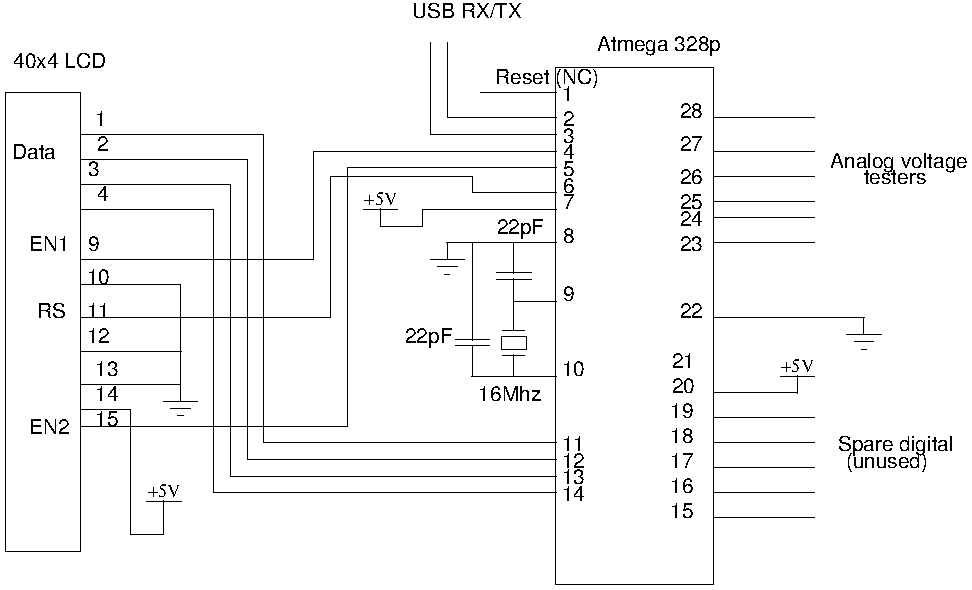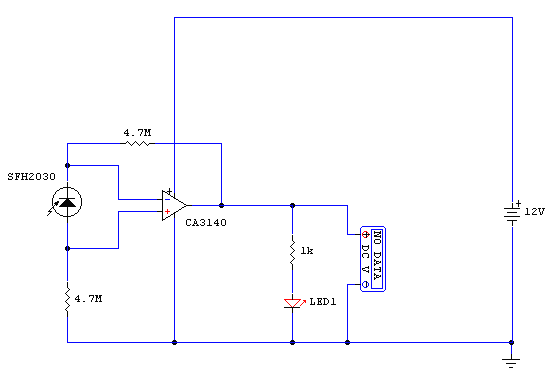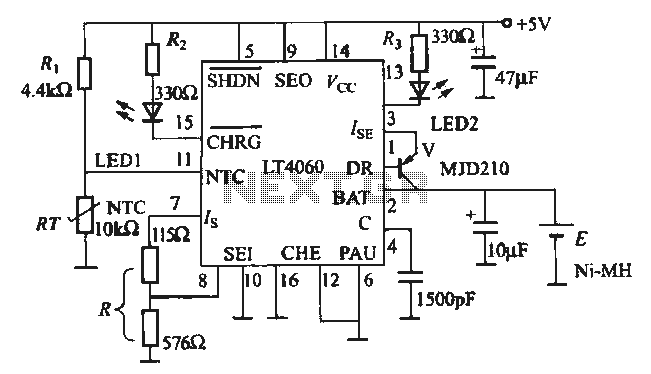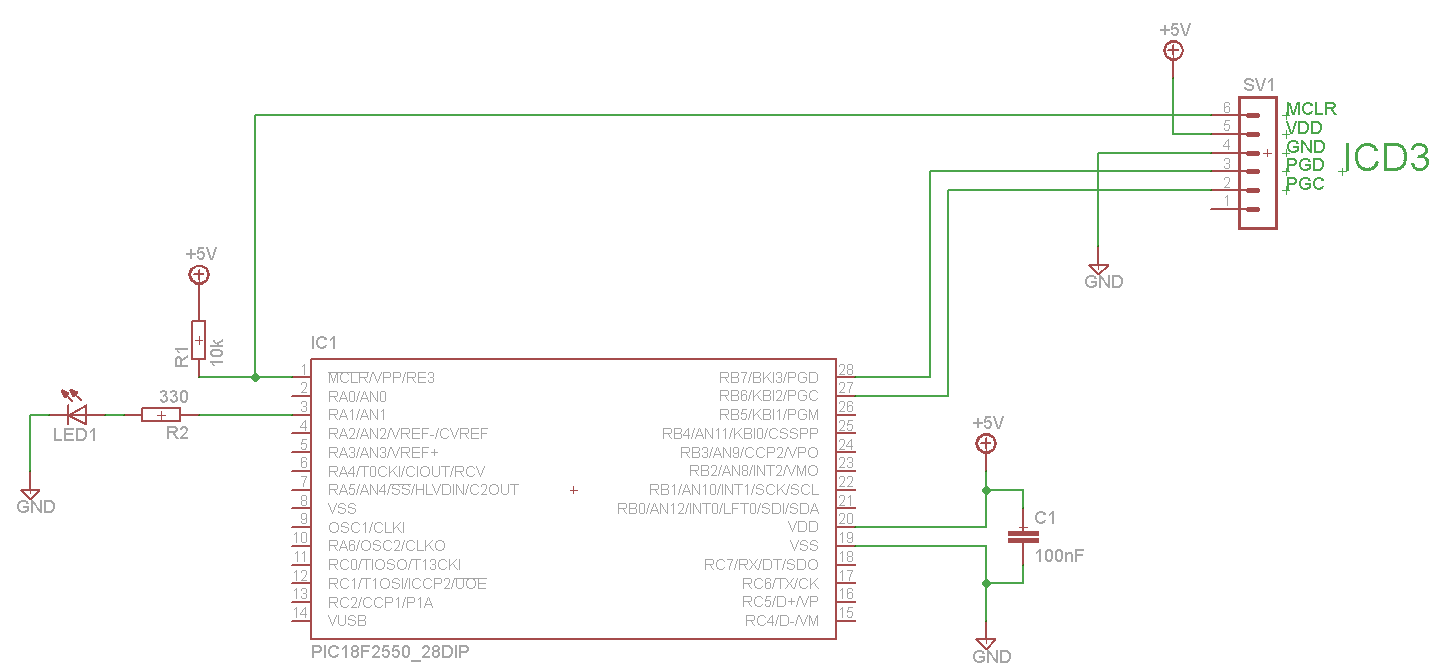
Bass-treble, Volume, balance and Loudness control
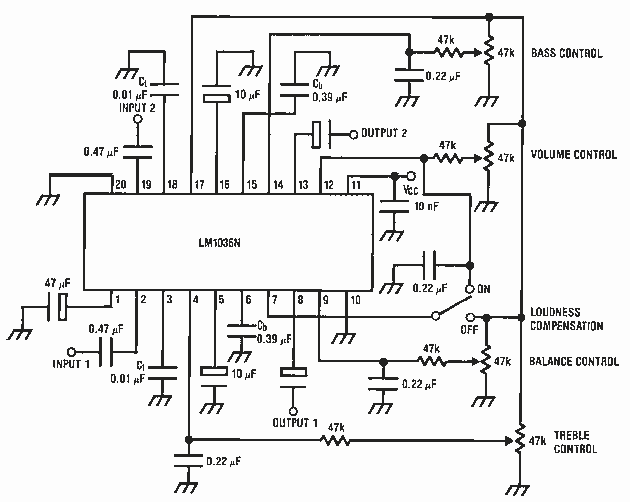
The LM1036 is a DC controlled tone (bass/treble), volume and balance circuit for stereo applications in car radio, TV and audio systems. An additional control input allows loudness compensation to be simply effected. Four control inputs provide control of the bass, treble, balance and volume functions through application of DC voltages from a remote control system or, alternatively, from four potentiometers which may be biased from a zener regulated supply provided on the circuit. Each tone response is defined by a single capacitor chosen to give the desired characteristic. More: Features: Wide supply voltage range, 9V to 16V Large volume control range, 75 dB typical Tone control, ±15 dB typical Channel separation, 75 dB typical Low distortion, 0.06% typical for an input level of 0.3 Vrms High signal to noise, 80 dB typical.
The LM1036 integrated circuit serves as a versatile audio control solution, specifically designed for stereo applications in automotive radio systems, televisions, and general audio equipment. The core functionality encompasses tone control for bass and treble, volume adjustment, and balance control, all governed by direct current (DC) inputs.
The circuit architecture includes four dedicated control inputs, enabling the user to manipulate bass, treble, balance, and volume levels. These inputs can be interfaced with a remote control system that outputs DC voltages, or they can be connected to potentiometers, which are typically biased using a Zener regulated power supply integrated within the circuit. This flexibility allows for customized control mechanisms depending on the specific application and user preferences.
Each tone control response is defined by a single capacitor, which is selected based on the desired frequency characteristics. This design choice contributes to the circuit's adaptability, allowing it to be tailored for various audio environments.
The LM1036 operates over a wide supply voltage range of 9V to 16V, making it compatible with a variety of power sources. The volume control range is impressive, with a typical range of 75 dB, allowing for fine adjustments in audio output. The tone control offers a typical adjustment range of ±15 dB, providing significant flexibility in shaping the audio output to accommodate different listening preferences or environments.
Channel separation is rated at 75 dB, ensuring that audio signals remain distinct and clear across the stereo channels, which is critical for maintaining sound quality in stereo applications. Additionally, the circuit boasts low distortion levels, typically around 0.06% for an input signal level of 0.3 Vrms, which is advantageous for preserving audio fidelity. The high signal-to-noise ratio of 80 dB further enhances the performance of the LM1036, making it an excellent choice for high-quality audio applications.
In summary, the LM1036 integrated circuit is a robust solution for audio control, offering extensive features that cater to a wide range of stereo applications, ensuring high-quality sound reproduction with customizable control options.The LM1036 is a DC controlled tone (bass/treble), volume and balance circuit for stereo applications in car radio, TV and audio systems. An additional control input allows loudness compensation to be simply effected. Four control inputs provide control of the bass, treble, balance and volume functions through application of DC voltages from a remote control system or, alternatively, from four potentiometers which may be biased from a zener regulated supply provided on the circuit.
Each tone response is defined by a single capacitor chosen to give the desired characteristic. Features: Wide supply voltage range, 9V to 16V Large volume control range, 75 dB typical Tone control, ±15 dB typical Channel separation, 75 dB typical Low distortion, 0.06% typical for an input level of 0.3 Vrms High signal to noise, 80 dB typic 🔗 External reference
The LM1036 integrated circuit serves as a versatile audio control solution, specifically designed for stereo applications in automotive radio systems, televisions, and general audio equipment. The core functionality encompasses tone control for bass and treble, volume adjustment, and balance control, all governed by direct current (DC) inputs.
The circuit architecture includes four dedicated control inputs, enabling the user to manipulate bass, treble, balance, and volume levels. These inputs can be interfaced with a remote control system that outputs DC voltages, or they can be connected to potentiometers, which are typically biased using a Zener regulated power supply integrated within the circuit. This flexibility allows for customized control mechanisms depending on the specific application and user preferences.
Each tone control response is defined by a single capacitor, which is selected based on the desired frequency characteristics. This design choice contributes to the circuit's adaptability, allowing it to be tailored for various audio environments.
The LM1036 operates over a wide supply voltage range of 9V to 16V, making it compatible with a variety of power sources. The volume control range is impressive, with a typical range of 75 dB, allowing for fine adjustments in audio output. The tone control offers a typical adjustment range of ±15 dB, providing significant flexibility in shaping the audio output to accommodate different listening preferences or environments.
Channel separation is rated at 75 dB, ensuring that audio signals remain distinct and clear across the stereo channels, which is critical for maintaining sound quality in stereo applications. Additionally, the circuit boasts low distortion levels, typically around 0.06% for an input signal level of 0.3 Vrms, which is advantageous for preserving audio fidelity. The high signal-to-noise ratio of 80 dB further enhances the performance of the LM1036, making it an excellent choice for high-quality audio applications.
In summary, the LM1036 integrated circuit is a robust solution for audio control, offering extensive features that cater to a wide range of stereo applications, ensuring high-quality sound reproduction with customizable control options.The LM1036 is a DC controlled tone (bass/treble), volume and balance circuit for stereo applications in car radio, TV and audio systems. An additional control input allows loudness compensation to be simply effected. Four control inputs provide control of the bass, treble, balance and volume functions through application of DC voltages from a remote control system or, alternatively, from four potentiometers which may be biased from a zener regulated supply provided on the circuit.
Each tone response is defined by a single capacitor chosen to give the desired characteristic. Features: Wide supply voltage range, 9V to 16V Large volume control range, 75 dB typical Tone control, ±15 dB typical Channel separation, 75 dB typical Low distortion, 0.06% typical for an input level of 0.3 Vrms High signal to noise, 80 dB typic 🔗 External reference
